ASHE leaders reflect on their roles
The American Society for Health Care Engineering (ASHE) recently announced the results of the 2024 election for the ASHE Advisory Board, a group of volunteer leaders who collaborate to provide strategic input to the association. The Advisory Board includes two associate members and 10 regional representatives elected to two-year terms; half of those seats are up for election each year. The president-elect, who assumes the title of president in the second year of their three-year term, is also chosen by member vote each year. In this interview, these new board members share their thoughts on leadership and the initiatives ASHE is pursuing in the year ahead.
The 2025 ASHE Advisory Board members
The following newly appointed Advisory Board members, who begin their terms in January 2025, took part in this interview:
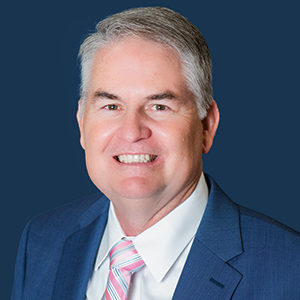
President-elect: Dennis Ford, MHA, CHFM, CHC, FASHE, director of corporate facilities operations at Atrium Health, Charlotte, N.C.
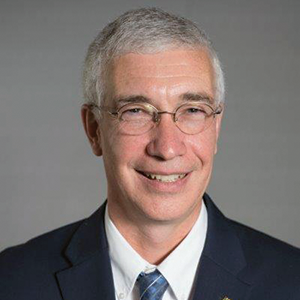
Region 1 Representative: Edmund Lydon, MHA, CHFM, CHEP, FASHE, senior director of facilities and support services at Northeast Hospital Corporation, a member of Beth Israel Lahey Health, Beverly, Mass.
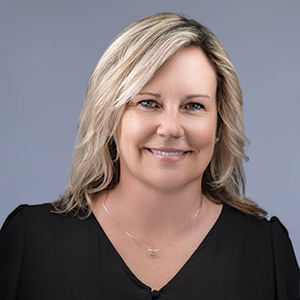
Region 2 Representative: Laurie Anseth, MSL, CHFM, SASHE, system maintenance and engineering director at JLL/Main Line Health, Radnor, Penn
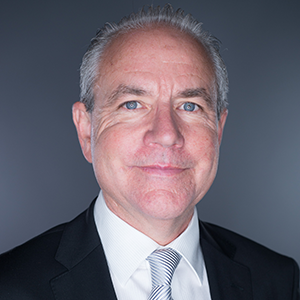
Region 3 Representative: Michael Roberts, PE, CHFM, SrHE, SASHE, director of enterprise energy services at Advocate Health, Charlotte, N.C.
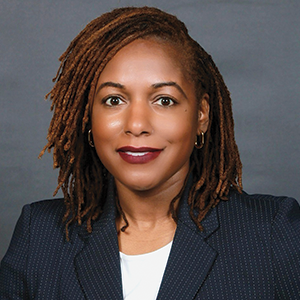
Region 4 Representative: Lotoya Beard, MBA, CHFM, executive director of hospital maintenance at the University of Alabama at Birmingham Hospital, Birmingham, Ala.
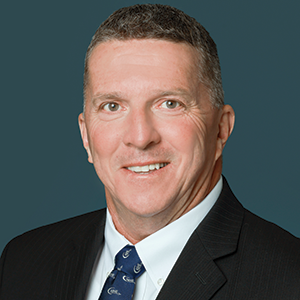
Region 5 Representative: Donald Page, MBA, CHFM, director of facilities at Good Samaritan Hospital, Vincennes, Ind.
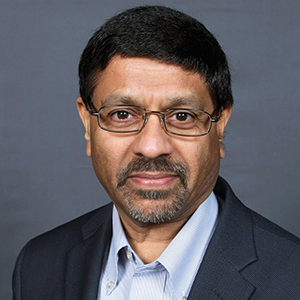
Region 9 Representative: Narsimha Irrinki, MS, PE, CHFM, SASHE, enterprise director of facilities at Santa Clara Valley Health, San Jose, Calif.
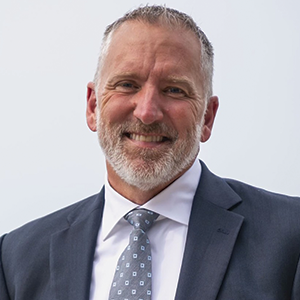
Associate Member Representative: Mark Mochel, MBA, CHFM, ACABE, PMP, strategic account executive at Brightly, a Siemens Company, Grand Rapids, Mich.
What is your personal ASHE leadership “mission statement”?
Donald Page: While ASHE’s mission to optimize the health care physical environment is the leadership team’s primary focus, my mission statement has been to “Make a difference.” My father instilled this in me at a young age, and it has guided my approach to work, life and the ASHE Advisory Board. I am honored to represent and work with so many great leaders in the Region 5 area, and across the country, to serve ASHE’s members. My favorite quote is from John F. Kennedy: “One person can make a difference, and everyone should try.”
Lotoya Beard: My personal “mission statement” is to actively engage with individuals across my region, fostering meaningful connections to empower them with the resources and networks necessary for professional growth. I am dedicated to creating an environment of care that is not only compliant but also inspires excellence and innovation, ensuring that everyone can thrive in their careers.
Mark Mochel: I am focused on advocating for increased infrastructure investment in our field. Ultimately, I believe our collective ability to define and defend our true operational and capital budget needs is one of the most critical challenges we are facing now and in the years ahead. My mission is to work with ASHE members and staff to curate new messaging to promote the business value of our critical infrastructure, then identify ways to share that messaging with other (non-facilities) health care professional membership organizations. Tactically, it means working to provide ASHE members with tools, training, data and benchmarking so they can more confidently and purposefully engage their non-facilities leadership in budgeting and forecasting exercises — hopefully, with increased collaboration and improved outcomes!
Laurie Anseth: My mission as an ASHE leader is to foster an inclusive environment where all members can thrive. I aim to be a connector, bringing people together to create mutually beneficial relationships and opportunities. By facilitating these connections, I strive to increase engagement within ASHE and strengthen our community. I’m committed to supporting professional growth through certification, empowering our members to excel in their careers and contribute to the advancement of health care facilities management.
Which challenges facing ASHE members are your top priorities in 2025?
Edmund Lydon: The health care world is dynamic. The physical environment is drastically evolving to meet the needs of diverse communities through various integrated relationships, demanding legislation to support sustainability, advancing physical plant technologies and getting creative with capital funding strategies due to limited capital and complex labor relationships. I think these challenges should be addressed in ASHE programs to ensure we are meeting the needs of today’s health care physical environment.
Dennis Ford: Knowledgeable teammates are retiring, and we are struggling to find replacements. We need to focus on retention of institutional knowledge, attracting qualified professionals to our career field and training newcomers.
Narsimha Irrinki: Resiliency and emergency preparedness are among my top priorities. The increasing threats of climate change, natural disasters, emerging infectious diseases and other public health emergencies highlight the need for resilient health care facilities. ASHE members are prioritizing risk management, cybersecurity, continuity planning and infrastructure resilience to ensure preparedness for future challenges.
Michael Roberts: Facilities management is facing financial impacts due to rising costs across the board, and doing more with even the same is challenging. Understanding and initiating new programs such as reliability-centered maintenance and carbon emissions reduction programs while staying current with codes and standards can be daunting. Education and networking are instrumental in the success of maintaining code compliance, financial stewardship and implementing new corporate goals.
What ASHE initiatives are you most eager to champion in the coming year?
Laurie Anseth: The Core Competency Framework is a great tool for ASHE members to use and share with their teams. The framework provides education and resources for health care facilities team members across eight core competencies: compliance, sustainability, finance and budgeting, energy management, maintenance and operations, project management, risk management and administration. Professional skills and competencies must be kept up to date to continue optimizing health care facilities and creating and maintaining safe healing environments.
Donald Page: It is imperative that we continue to focus on young professionals, including recruiting at the high school level, to increase awareness of the opportunities within the health care realm. The future of this field — and, by extension, ASHE and its leadership — starts with the young professionals of today. ASHE’s initiatives on this front will take significant support from ASHE Chapters, which have been just as eager to formulate a plan to attract bright, new young professionals as the Advisory Board has been.
Edmund Lydon: ASHE will need to mobilize its member network to identify opportunities to advance the design and operations of our physical plants. The guidance needs to ensure best practice and, where appropriate, changes to our current practices based on research and data. ASHE has the ability and captive audience to leverage data collection to redefine industry means and methods to maintain the health care physical environment. With this information, ASHE can enhance its training offerings, publish more technical materials and continue to influence regulatory change.
Mark Mochel: Of the strategic initiatives currently promoted by ASHE, I believe that past efforts to engage capital planning (or, in my words, infrastructure investment) have fallen short. I intend to promote a renewed focus on this critical issue, with the primary goal of leading the formation of an outreach task force whose sole purpose is to increase collaboration with clinicians, administrators, hospital executive leadership and other strategic investment decision-makers.
Simply put, securing the cultural and financial support of the organizations and communities we serve is an essential prerequisite to achieving ASHE’s other strategic initiatives. We owe it to our members to support them with tools, training and education so they can better engage and collaborate financially with non-facilities leadership in their respective workplaces.
Can you share some advice you wish you had received earlier in your career?
Dennis Ford: Defining risk as the probability of failure of a building infrastructure system or component times the impact of that failure. For some time now, ASHE has offered a risk assessment tool based on the National Fire Protection Association’s NFPA 99, Health Care Facilities Code. However, health care facilities projects in our acute care facilities seem to look at whole-house systems when performing a risk assessment. If you follow the ASHE tool, you will discover the need to perform the risk assessment for each functional area within the facility and the risk of utility or system failure for each of these areas.
Michael Roberts: Two things come to mind. One is to network more throughout the year. I did as much networking as I could at ASHE national and chapter conferences, but I wish I had taken more time outside of those events to network with other hospital facilities managers, consultants and vendors. With the challenges of the workload, this can be difficult to make time for, but it is both rewarding and worthwhile. My second piece of advice is for seasoned professionals: Find someone to mentor and push them to get involved while supporting them in the background. We need more support for our newer members to keep this great organization relevant for years to come.
Narsimha Irrinki: I wish someone had emphasized the importance of developing strong communication and soft skills from the outset. Many technical professionals focus heavily on operational competencies but fail to realize that the ability to communicate effectively with executive leaders and regulatory bodies and across interdisciplinary teams is crucial for advancing in leadership roles. Actively developing these skills from the beginning would have smoothed my transition into leadership and helped me advocate for initiatives more effectively.
Lotoya Beard: I always advise fellow ASHE members to be open to meeting new people and create their own connections. Make the best of every interaction you have. Building relationships early in one’s career directly correlates to one’s success in the health care facilities management profession. This role is so dependent on collaboration with clinical teams, administrators, vendors and regulatory bodies. Prioritizing relationship-building fosters trust, eases communication and strengthens partnerships that are essential for navigating challenges.
Landon Hegedus is assistant editor of Health Facilities Management magazine.




